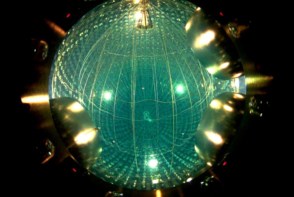How reliable is your wristwatch? Would it be out by just one second if it were still ticking 13 billion years from now? That is the sort of reliability that could soon be achieved by the next-generation of optical clocks that is being developed in metrology laboratories worldwide, including the UK’s National Physical Laboratory near London
This podcast was recorded at the National Physical Laboratory (NPL), where the world’s first practical atomic clock was built in 1955 and where today physicists including Patrick Gill and Helen Margolis are building the timepieces of tomorrow.
While it is clear that physicists need to develop a new primary time standard, they have yet to agree on exactly which type of clock to choose, as Gill and Margolis explain to Physics World‘s Hamish Johnston. As well as having practical applications ranging from time-stamping financial transactions to satellite navigation, the NPL researchers explain that the new clocks will be used to do basic science such as testing whether the fundamental constants of physics are actually changing and measuring the Earth’s gravitational field.
- If you enjoyed this podcast, then there is much more about the next-generation of atomic clocks in the feature article “Optical clocks” by Gill and Margolis



